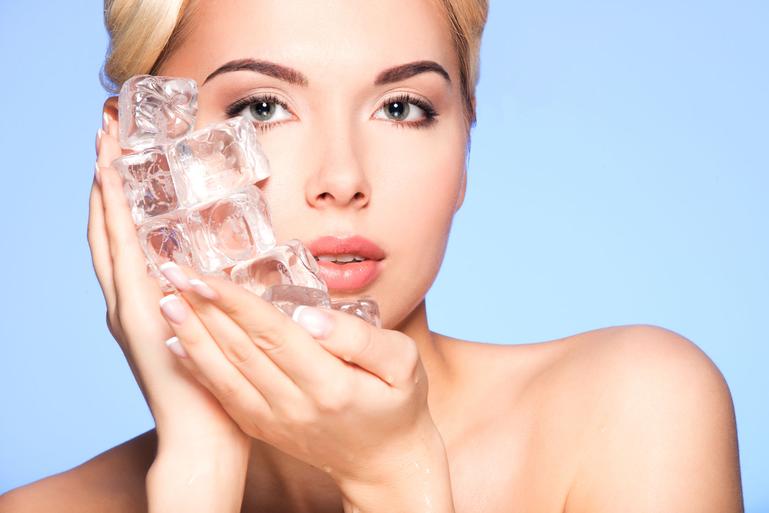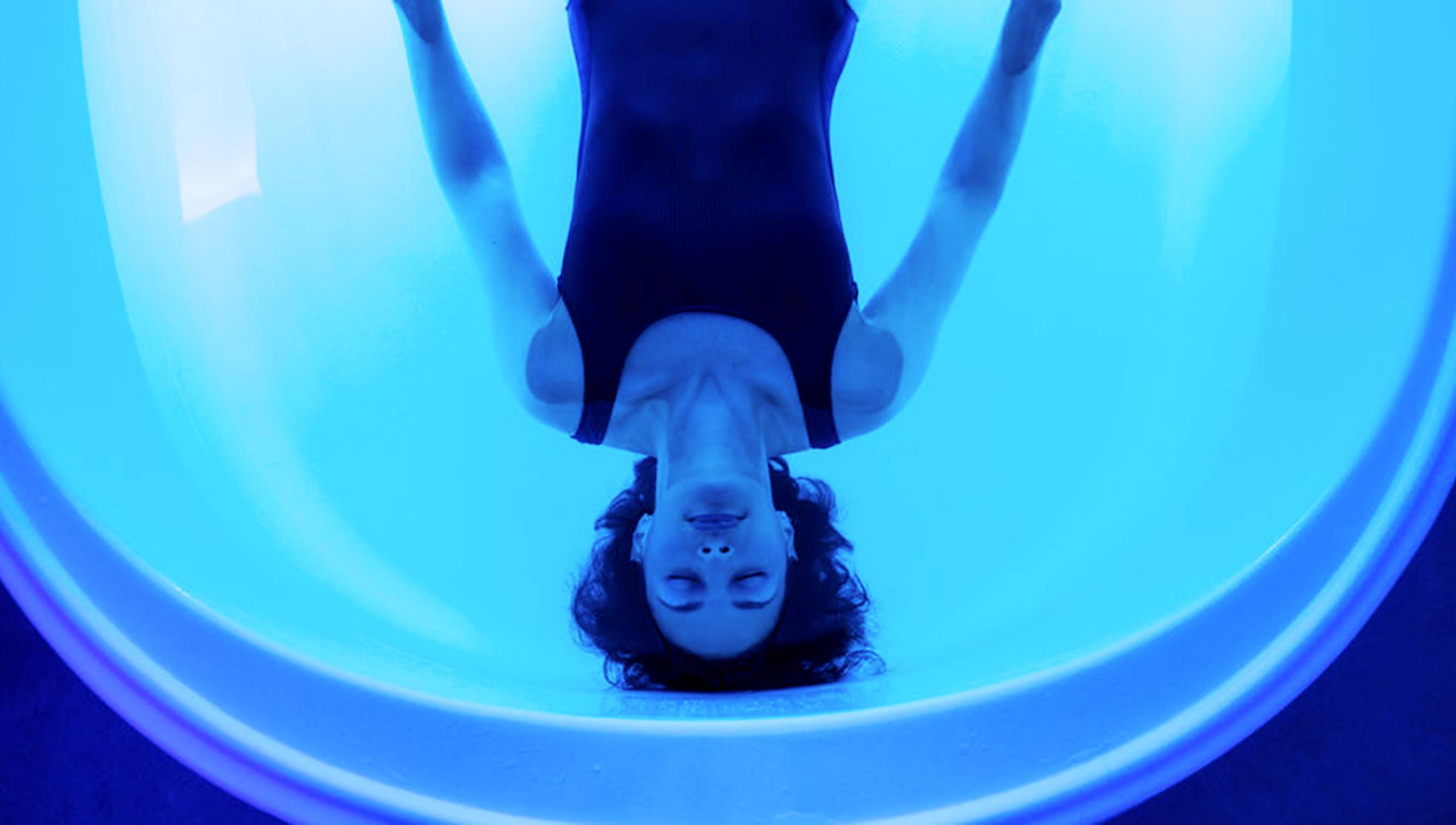Ice is one home remedy that receives a lot of attention for its ease of use and versatility. The purported skincare benefits of ice range from banishing bags under the eyes to minimizing pores, but can it remove acne for good? Ice may help reduce redness, swelling, and pain in inflammatory-type pimples, including pustules and cysts. However, ice may have little to no effect on noninflammatory pimples, such as comedones, more commonly known as blackheads and whiteheads. While a cold compress can minimize inflammation and make pimples less noticeable or painful, it will not remove the contents inside a pimple. Follow these general tips when icing a pimple on any part of the body:
* Wash the area thoroughly with a gentle cleanser and warm water.
* Do not apply ice directly to the skin.
* Wrap the ice cubes or ice pack in a clean cloth before placing on the skin.
* Apply ice in 30 seconds to 1-minute intervals.
* Do not fall asleep with a cold pack on.
Prolonged exposure to freezing temperatures can result in frostbite, also known as freezing cold injury. The blood vessels constrict and reduce blood flow to conserve heat in cold or freezing environments. Over time, this decrease in blood flow can damage the skin tissue. People should avoid placing ice directly on their skin because this could lead to cold urticaria, a condition in which welts, hives, and swelling appear after exposing the skin to cold air or water. The skin rash usually appears within 2-5 minutes after exposure. People who experience severe or persistent inflammatory acne may want to consider speaking with their doctor or a dermatologist, especially if they have already tried treating their acne at home. A dermatologist can offer personalized treatment recommendations and prescribe topical or oral medications that help alleviate the root cause of acne.
(Credits: www.medicalnewstoday.com)


